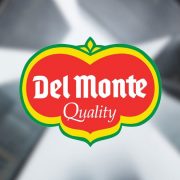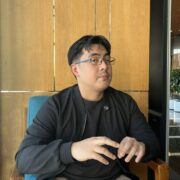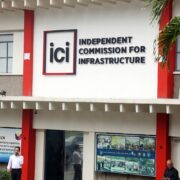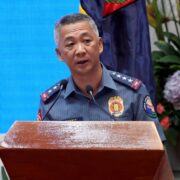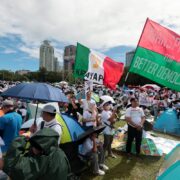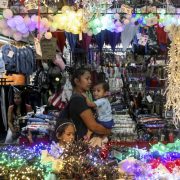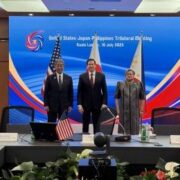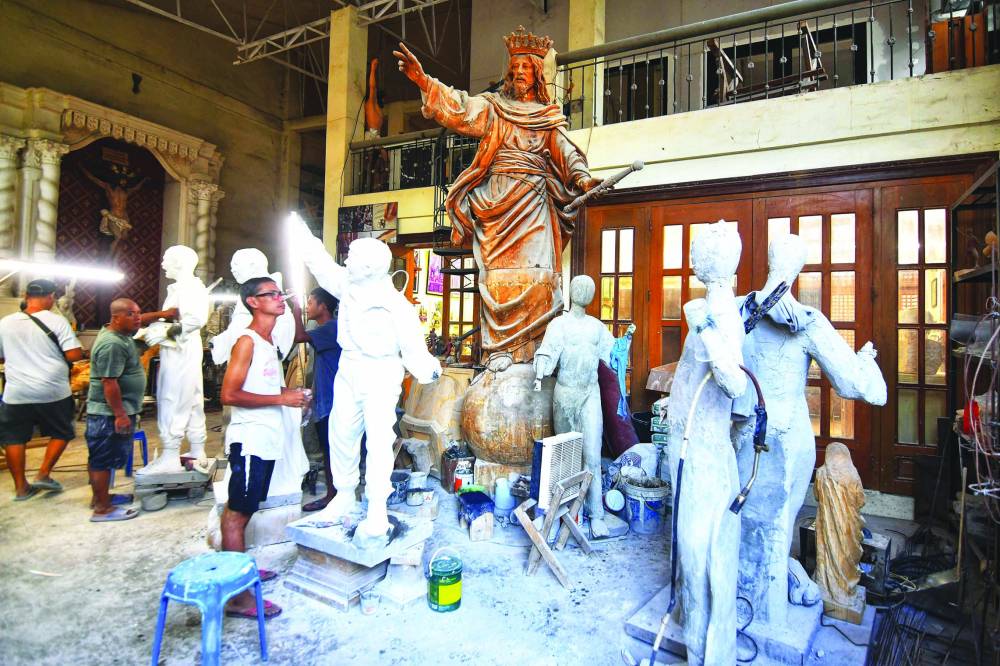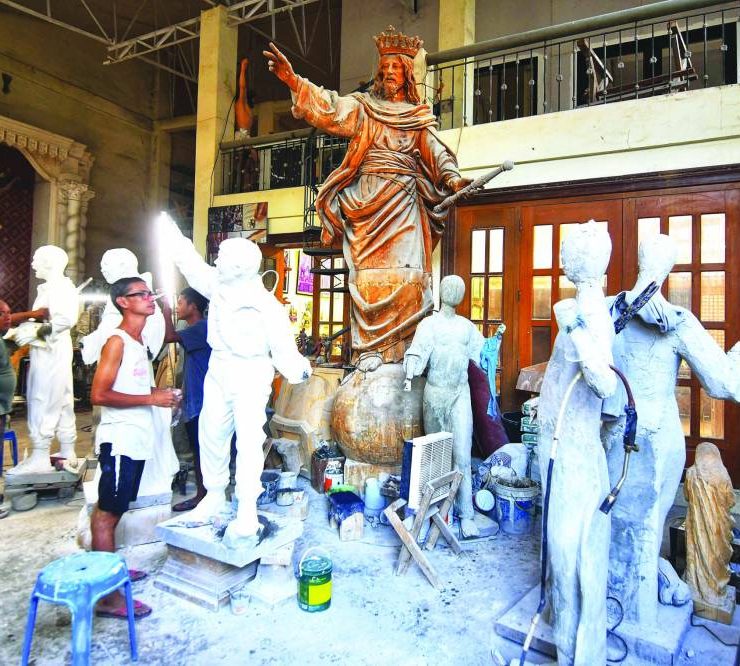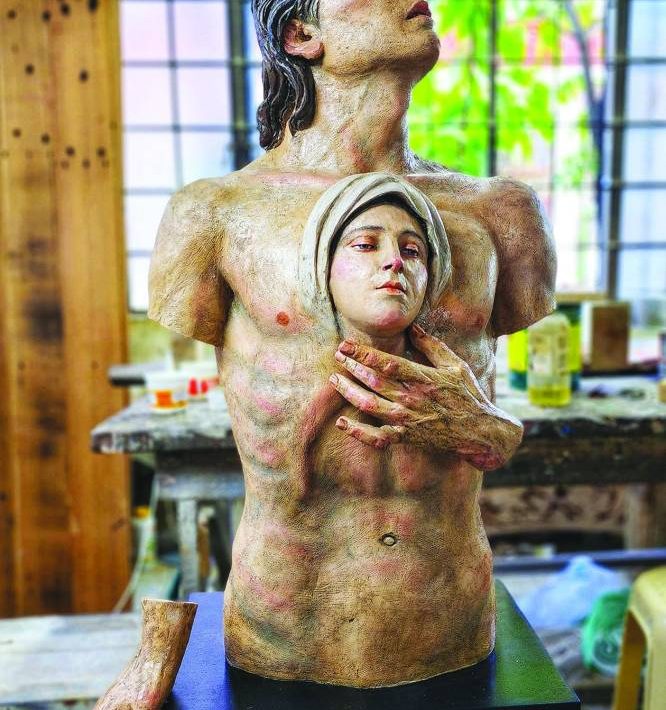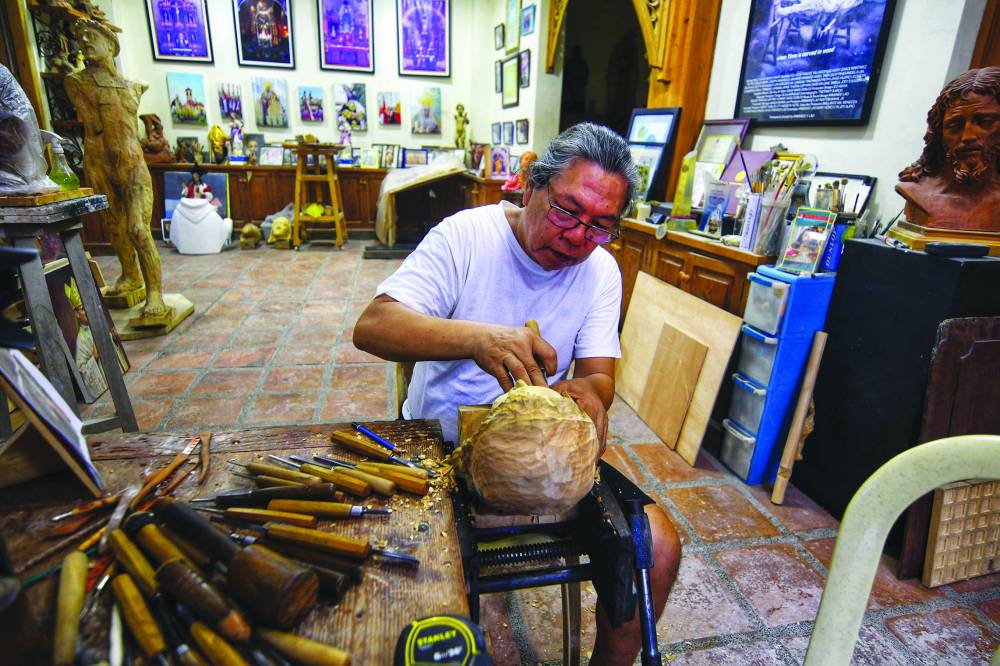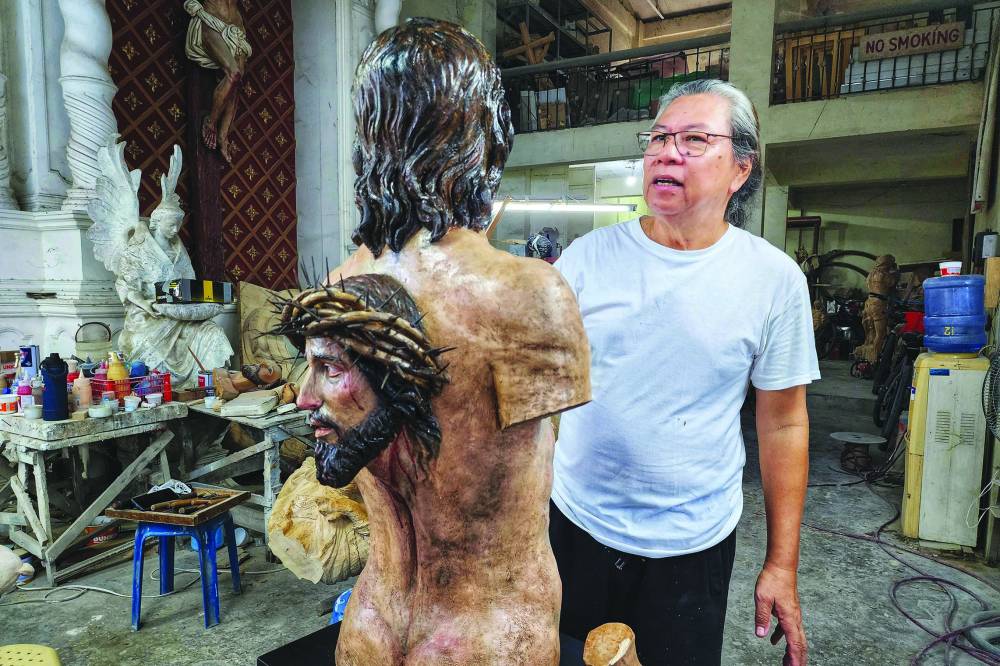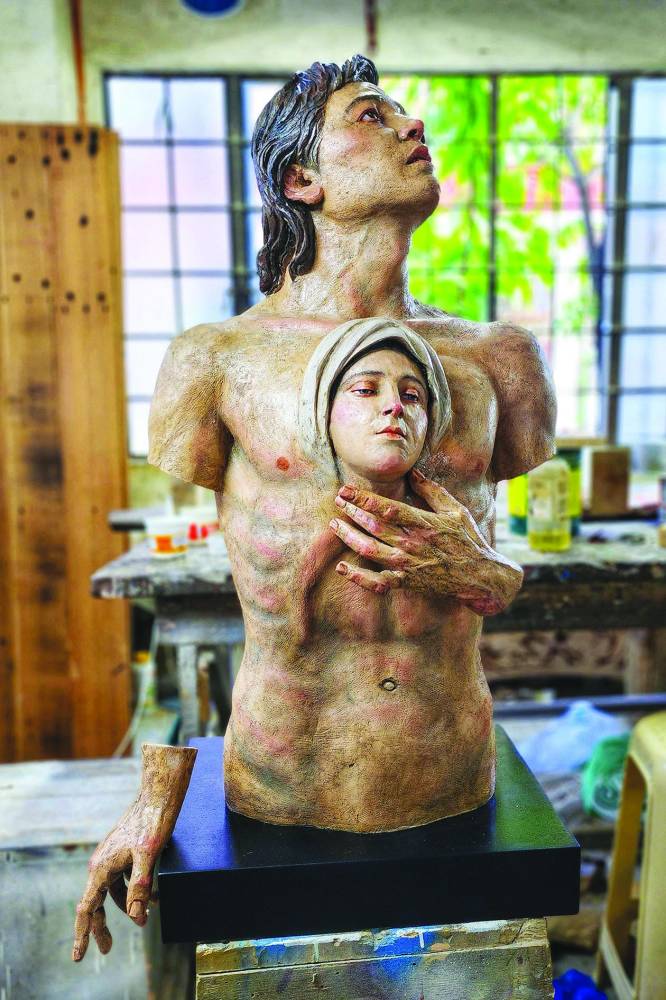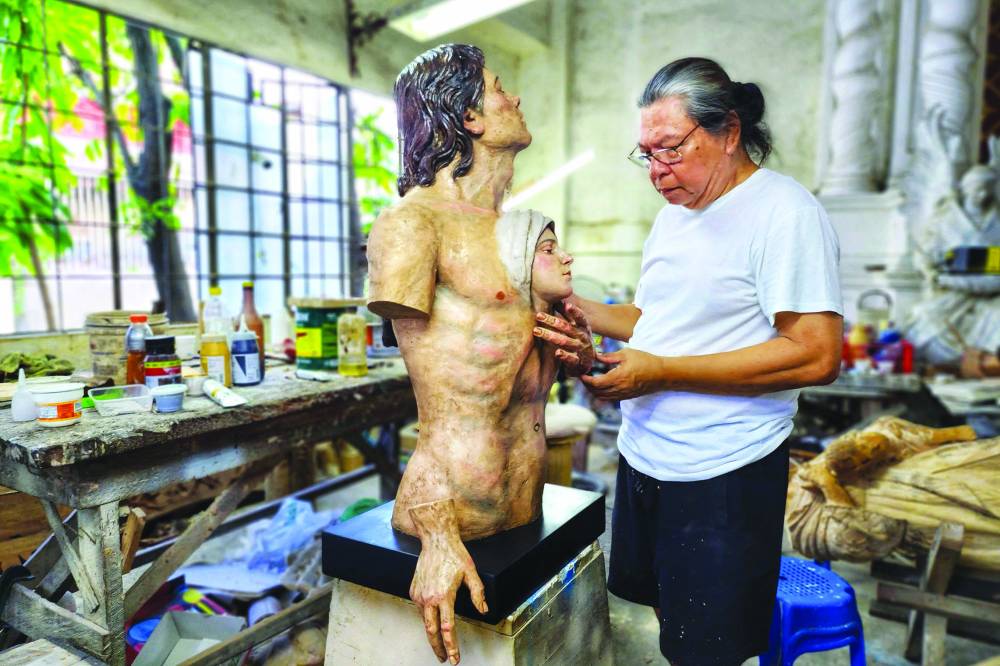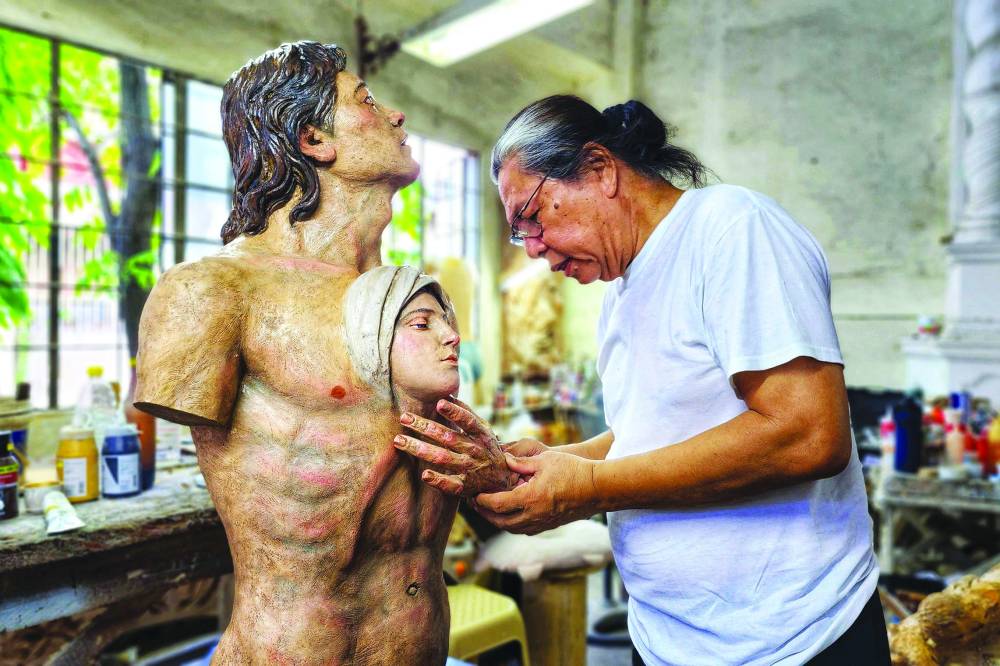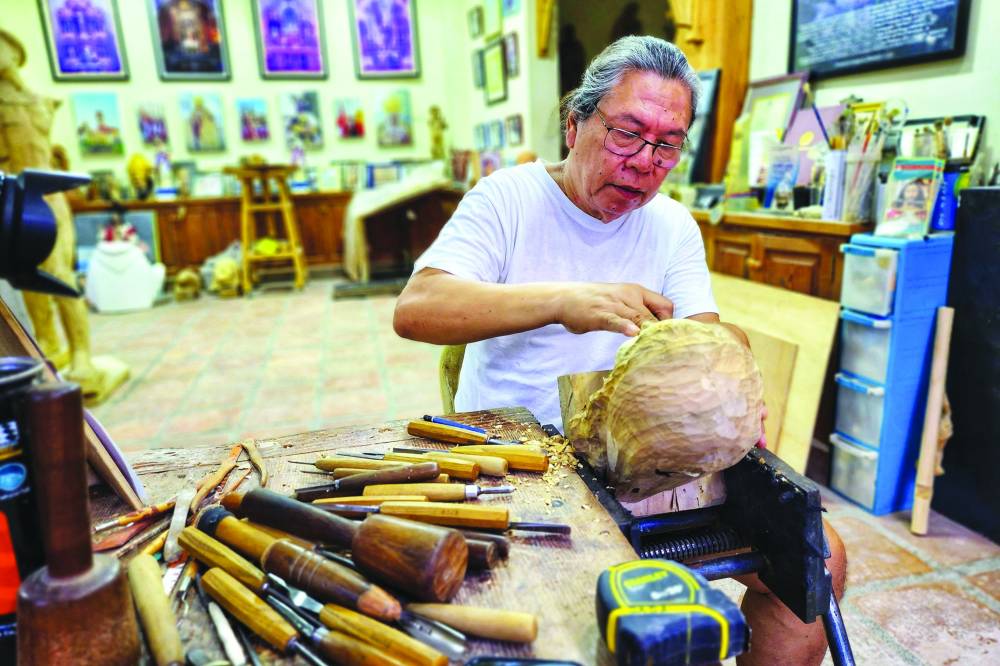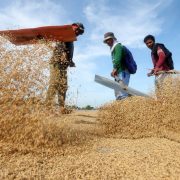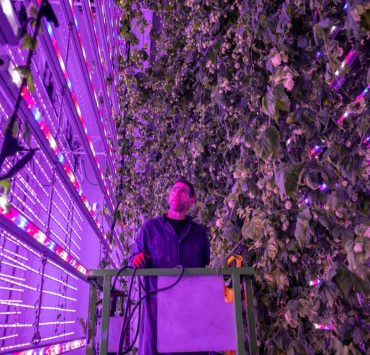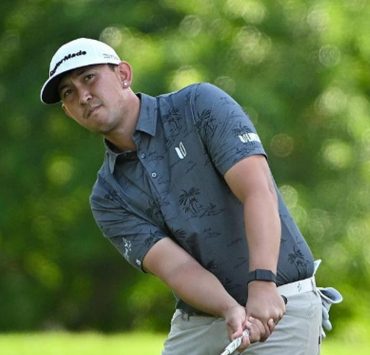Living the faith
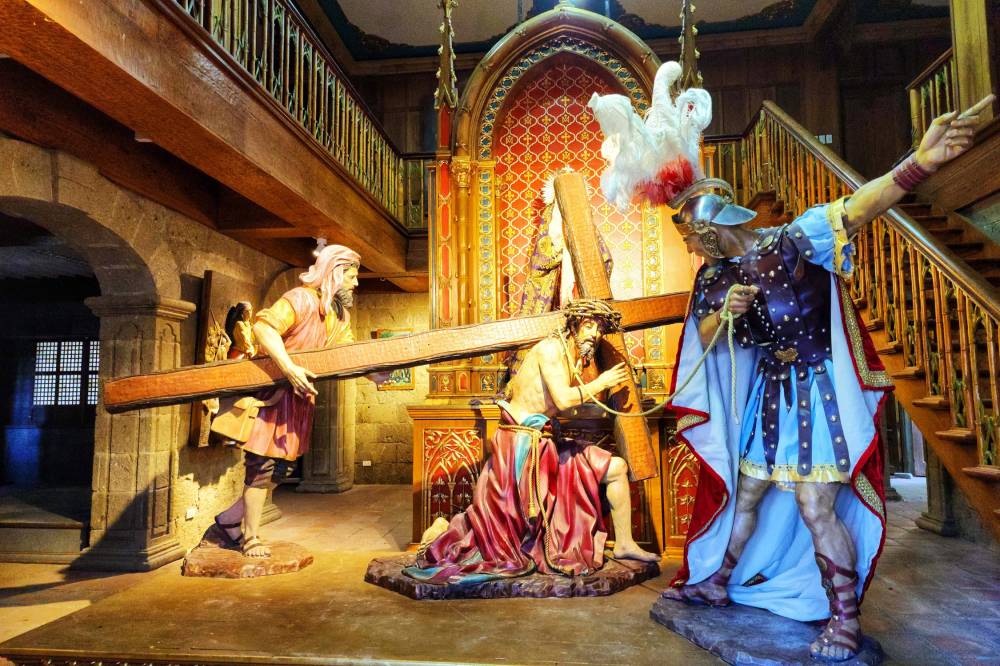
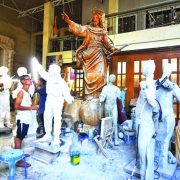
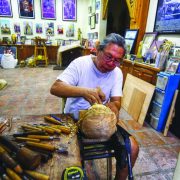
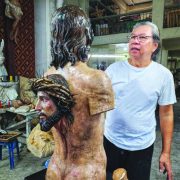
 +3
+3 GUAGUA, PAMPANGA—For Kapampangan sculptor-painter Wilfredo “Willy” Tadeo Layug, every day feels like Lent.
Production-wise, many of his works are themed around the Roman Catholic faith.
He has carved at least 100 retablo (tableaus of niches of saints placed behind the church’s main altar) around the country. His skillful hands are also behind the retablo at the Pontificio Collegio Filippino in Rome.
Layug, 64, has lost track of how many rebulto (in-the-round or three-dimensional statues), relievo (bas relief) and paintings he has made since he finished his first commissioned project, a wood relief of a horse-mounted Santiago Matamoros (St. James the Moor-slayer) in Intramuros, in 1981.
With that large body of work, including several pieces for the 2015 visit of Pope Francis to the Philippines, the label “ecclesiastical artist” has stuck with Layug.
It earned him in 2016 the Pro Ecclesia et Pontifice (For Church and Pope), an honor bestowed by the Pope to members of the clergy and laity for service to the Catholic Church.
In the defunct town of Betis here, Layug’s tribe of sculptors specializing in religious art consists of a few, counting only 20 or so in Barangay Ursula.
Along the Bacolor-Guagua segment of Jose Abad Santos Avenue (formerly Gapan-San Fernando-Olongapo Road), 20 more focus on statues of saints, carrozas (carriage), candle-holders and other altar pieces.
For Layug, the choice to focus on ecclesiastical art seemed to be inevitable.
Visual catechism
His attendance in Holy Masses and other religious rites in nearby Betis Church (St. James Parish) taught him the faith in visual catechism. Likened to the Sistine Chapel in Vatican City, Betis Church was proclaimed a National Cultural Treasure in 2005.
Layug’s mother Rita was a catechist, while his father Alfonso acted out in the Pasyon y muerte (Passion play) on Holy Week and sang in the choir when the image of the province’s patroness, Virgen de Los Remedios, visited the parish.
So at the age of 5, in the wave of the Cursillos (movement for Christian renewal), Layug drew the face of Christ etched on a luminous cross.
Then too, his maternal uncle Juan Castro, a woodcarver, lived close by. Castro asked Layug to draw and shade the etches for his bas relief.
Growing up, he attended catechism classes, learning the Bible straight from Consuelo “Apong Telo” Jose, the first papal awardee in Betis. Layug also joined the Legion of Mary.
In elementary school, he made a 24-inch-by-18 inch statue of St. Francis, using his father’s paet (woodcarving tools) that were also used for shaping fishing boats.
In his first year of high school, he made reproductions of antique santos under the tutelage of local artisan Pedro Datu to help his family survive.
Big break
These so-called bagong luma (new old) as well as educational scholarships from then Mayor Israel Eusoff and then Justice Minister Estelito Mendoza put him in school at the University of Santo Tomas for a degree in fine arts.“I did not venture into furniture making. I did not have the patience for mass production [of furniture],” Layug explained.
His “big break” came when then Tourism Minister Jose Aspiras scouted him to make carrozas similar to those in Seville, Spain. “I think he dreamed of turning Agoo into a little Seville,” Layug recalled, referring to Aspiras’ hometown in La Union province.
After the 1986 Edsa People Power Re olution, no jobs came at all. The dry spell was broken in 1989 when Fr. Edmund Nantes, the Dominican parish priest of Sto. Domingo Church asked Layug to make the baldachino, a canopy for the throne of Virgen la Naval, over the main altar designed by Rafael del Casal.
Layug was also commissioned to make two lecterns and an altar table. His first retablo was made for St. John Parish in Potrero, Malabon.
When asked if an ecclesiastical artist needed to be religious, Layug revealed his process: “I find Biblical references for accuracy. Then I translate the narrative into visuals. I turn the abstract vision of faith into art.”
Some of his clients are surprised at times, blurting out loud: “Si Willy Layug pala nagdarasal (Willy Layug also prays).”
Divine guidance
At times, the burden of work, like doing several sets of the 14 Stations of the Cross, is “daig pa ang Holy Week (more than the sacrifices of Holy Week).” In his workshop, he starts the day by praying to seek divine guidance for focus.
Layug would feel disconcerted when some clients would snap up his work as a status symbol, keeping the icons as display pieces in homes. This was somewhat expected after he was conferred the Presidential Medal of Merit in 2009.
So he is “more comfortable” when his masterpieces are venerated in churches.
Layug completed some projects for free out of gratitude to the church. He continued to hone the craft by learning new techniques through apprenticeships under Jose Antonio Navarro Arteaga, Francisco Romero Zafra and Pablo Romero.
He summed up what makes an ecclesiastical artist truly one: “You have to live the faith.” INQ

